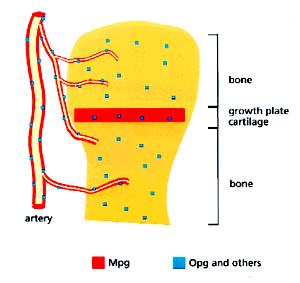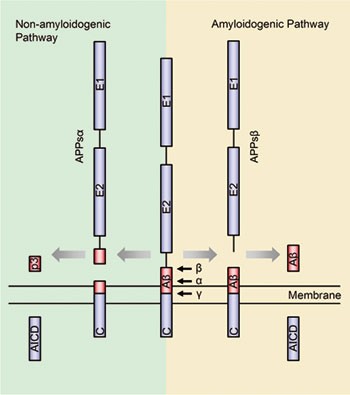- Select a language for the TTS:
- UK English Female
- UK English Male
- US English Female
- US English Male
- Australian Female
- Australian Male
- Language selected: (auto detect) - EN
Play all audios:
Access through your institution Buy or subscribe THE BIG RATCHET: HOW HUMANITY THRIVES IN THE FACE OF NATURAL CRISIS * _Ruth DeFries_ BASIC BOOKS: 2014. 288 pp. £19.99 The spectre of a
rapidly growing human population leading to famine and the consequent decimation of the human species has been feared for centuries. In 1798, the English reverend Thomas Malthus brought this
threat to the forefront of public consciousness when he wrote “the power of population is indefinitely greater than the power in the earth to produce subsistence for man.” The world
survived the doomsday prediction and prospered, yet periodic prophecies of doom have followed humankind over the centuries, more recently in Paul Elrich's _Population Bomb_ (1968), and
the Club of Rome's _Limits to Growth_ (1972). At the time of Malthus, the world population was less than a billion; when Paul Elrich wrote _Population Bomb_, it was 2.5 billion. Today
it is 7.1 billion. This is a preview of subscription content, access via your institution ACCESS OPTIONS Access through your institution Subscribe to this journal Receive 12 print issues and
online access $259.00 per year only $21.58 per issue Learn more Buy this article * Purchase on SpringerLink * Instant access to full article PDF Buy now Prices may be subject to local taxes
which are calculated during checkout ADDITIONAL ACCESS OPTIONS: * Log in * Learn about institutional subscriptions * Read our FAQs * Contact customer support AUTHOR INFORMATION AUTHORS AND
AFFILIATIONS * Prabhu Pingali is in the Charles H. Dyson School of Applied Economics and Management, Cornell University, 301C Warren Hall, Ithaca, New York 14853, USA, Prabhu Pingali Authors
* Prabhu Pingali View author publications You can also search for this author inPubMed Google Scholar CORRESPONDING AUTHOR Correspondence to Prabhu Pingali. RIGHTS AND PERMISSIONS Reprints
and permissions ABOUT THIS ARTICLE CITE THIS ARTICLE Pingali, P. Wringing food from the world. _Nature Geosci_ 8, 252 (2015). https://doi.org/10.1038/ngeo2410 Download citation * Published:
31 March 2015 * Issue Date: April 2015 * DOI: https://doi.org/10.1038/ngeo2410 SHARE THIS ARTICLE Anyone you share the following link with will be able to read this content: Get shareable
link Sorry, a shareable link is not currently available for this article. Copy to clipboard Provided by the Springer Nature SharedIt content-sharing initiative








